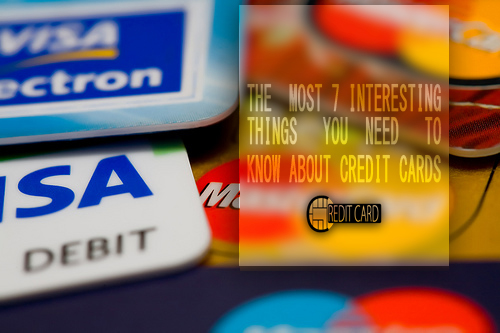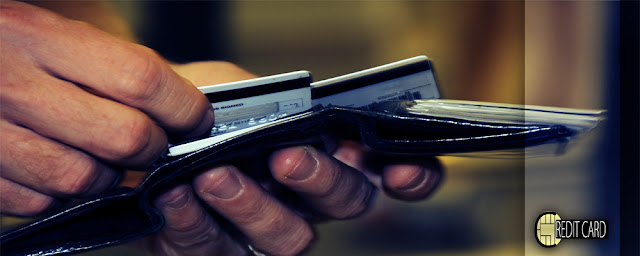With the use of credit cards comes great responsibility and guidelines are easy to find. Do not abuse, do not spend money you can not afford to pay, do not open too many credit accounts, etc. However, the use of credit cards continues. Credit cards are very useful, in fact, that many companies have seen strong demand, which makes the highly competitive market of consumer choice. Before registering a card impulsively, take a moment to make sure their plastic suits your needs. And before you write off all, consider the benefits.
Credit cards are tools for the trip because many automatically convert your money in different currencies. They can also serve as an identity card, especially when they include your photo. They are better than walking around with a lot of money that can be stolen or travelers checks as stolen cards can be reported before and prevent their use.
So what type of card is right for you? The easy answer is, if you are struggling to pay your balance in full each month, or if you want to consolidate your debts. In both cases, you have to find a card with a low interest rate. If you pay your balance in full each month, or if you are interested in these cards rewards programs, the decision is becoming more complicated.
Cool or not cool ?
A free rewards card is perfect for people who pay off their balance in full, but do not use credit cards greatly. For consumers credit card, a credit card that comes with an annual fee could end up paying for itself awards. To take full advantage of rate cards, however, you must make an assessment of how often you actually use credit cards. Otherwise, no fee card is your best option.
Navigating the reward system
To see reward systems are best suited to your needs, consider their offers on the basis of the amounts paid for these awards. Cash back is easy to calculate that species such as gift cards to some shops, but airline miles point systems can be more of a challenge. Calculate what you would pay for airline miles or bonus points and calculate the monetary value so that you can easily compare the very different compensation systems reward.
One aspect of reward systems that can make it easy to choose one card to another is when reward systems to maximize benefits for certain types of purchases, such as gas or groceries. If you decide to use one of these credit cards, which is clear in its portfolio if also often as possible for the type of rewards card purchase.
What companies want?
It is important to know early on what companies probably deny your request if you have bad credit. Free credit reports are available annually and can be found online from various websites free credit report. If you have a bad credit, select a card company will work with you. To apply for many cards in a short period of time is a bad idea because companies typically run your credit check, the higher your credit score will be negatively affected. People who take a lot of credit accounts are considered superior to those without risk.
Do your homework
Learn everything you can about what cards are most attractive for your particular needs and open an account with the first option. If you open multiple accounts to determine which is best for you with the intention of closing the other, your credit may be adversely affected due to multiple accounts at the same time that may indicate an increased risk.
Click the link below and compare the best credit card deals and read reviews about the best low interest, balance transfer 0%, reward, cash back, prepaid, student, airline, business cards and instant credit approval.




















